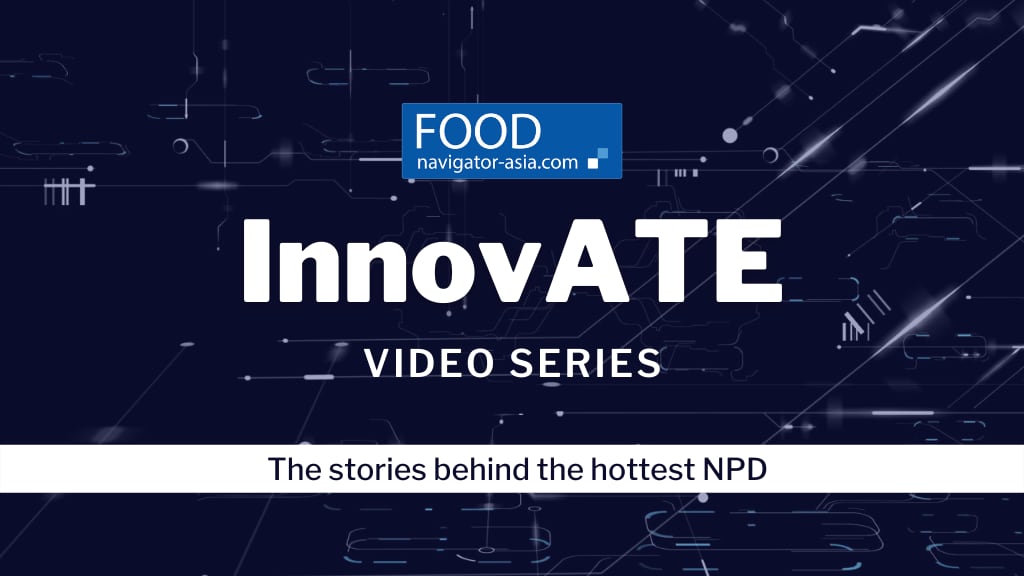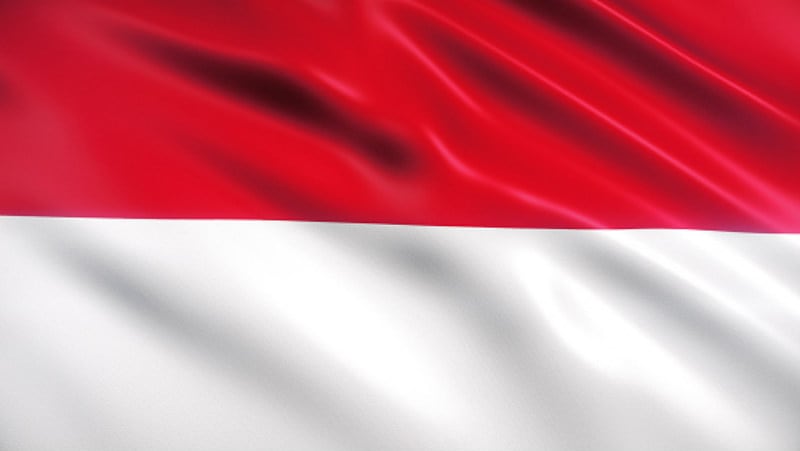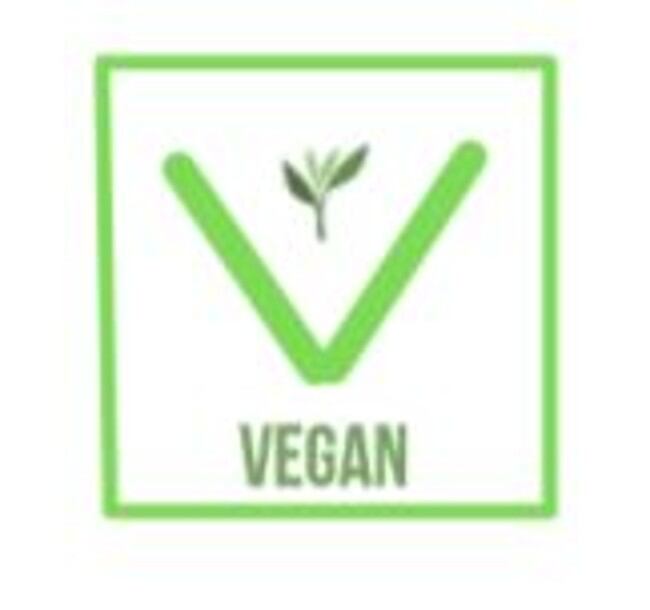The labelling standard updates were put into play as far back as two years ago in 2020, when then-Minister of Health Dato’ Sri Dr Adham Baba was still holding the post, but have only recently been gazetted and formally included into the Malaysian Food Regulations.
As of July 2022, the post of Minister of Health is held by previous Minister of Science, Technology and Innovation Khairy Jamaluddin.
For non-alcoholic beverages, the most notable regulation for manufacturers to note is that all beverages that are dealcoholised – that is, produced with alcohol that is later removed from the product to make it non-alcoholic – are not permitted to use any of the standard non-alcoholic terms on the label in order to ‘avoid consuming consumers’.
“In the principal display panel of the label of a dealcoholised alcoholic beverage, the words ‘dealcoholised’ in uniform lettering must be written in uniform lettering conjoined together with tehe name of the alcoholic beverage,” the Malaysian Minstry of Health (MOH) said via a formal statement.
“There shall not appear on the label of dealcoholised alcoholic beverages [any of the following] words – ‘zero alcohol’, ‘0 alcohol’, ‘alcohol free’, ‘no alcohol’, ‘non-alcoholic’ or other words or expressions of similar meaning.
“[Any of the] terms ‘soft drink’, ‘juices’ or any words or expressions that indicates, suggests or implies that the dealcoholised alcoholic beverage is a soft drink or juice [are also not allowed].”
This would of course have the most impact on manufacturers of non-alcoholic beverages such as zero-alcohol beers, including many big names such as Heineken and Carlsberg, but these have certainly had ample time to react since the changes were mentioned in 2020 until their recent gazetting.
Both of these firms have tackled this in different ways – Heineken with its non-alcoholic Heineken 0.0 has gone along with the dealcoholised standards by including the term ‘dealcoholised beer’ in large lettering all along the bottom rim of its cans, so it is in accordance with the updated regulations.
Heineken’s willingness to adapt is expected, given the firm’s deep belief that non-alcoholic products like Heineken 0.0 are set to become a major trend across the Asia Pacific region, Malaysia included.
“There has been a shift in consumer behaviour driving the growth of the zero-alcohol beer market, [driven by] more health conscious consumers who are making more deliberate lifestyle choices [including seeking out] alternatives to alcohol,” Heineken APAC Marketing Transformation Director Sarah Maddock told FoodNavigator-Asia previously.
“They want options that suit all their needs, and while they may want a beer they don’t always want the alcohol – and Heineken 0.0 offers [them] that alternative. We do see zero-alcohol drinks continuing to gain share across the region, [as well as] continued growth of both the segment and Heineken 0.0.”
Carlsberg has taken a pretty different tack – its Carlsberg Alcohol Free Pilsner and Wheat beverages are relatively newer to the Asian market than Heineken 0.0, and the words ‘Alcohol Free’ are splashed very significantly across the front of the cans, and are established as a significant part of the products’ branding.
As such, Carlsberg Alcohol Free is barely available in Malaysia if at all despite being widely available in neighbouring Singapore, and instead the firm’s contribution to the non-alcoholic scene has been under the Somersby brand, which conventionally makes alcoholic ciders.
Its Somersby 0.0 Apple is labelled as a ‘sparkling fruit drink’ that is made using ‘non-alcoholic fermented apple juice’, avoiding all of the potential labelling potholes under the updated regulations. It is also no wonder that Carlsberg is unwilling to take the risk or undertake massive labelling change as yet, given that the firm is somewhat more cautious in its outlook for the industry, and the alcohol industry as a whole.
“[We believe it is] unlikely that things will go completely back to normal in 2022 for on-trade, [and] rising commodity costs are also a concern” Carlsberg Malaysia Managing Director said at the company’s financial results press conference earlier this year.
The firm’s Chief Financial Officer Vivian Gun added that commodity prices in 2022 have remained high, adding to manufacturers’ challenges.
Food ingredient labelling
A more general update MOH has made has been for the specific labelling of food ingredients, as well as for making any nutritional claims.
For instance, food additives now need to be labelled by percentage according to its weight or volume used to make a processed food or beverage product, and labels such as ‘organic’, ‘special dietary’, ‘wholemeal’ and so on have special requirements tagged to their usage.
“Organic foods must [conform to local organic standards] and requirements by the Food Safety and Quality Division before the term ‘organic’ can be used,” said the ministry.
“The terms ‘wholemeal’ or ‘wholegrain’ may not be used in any food label unless the product fulfils either 100% of wholegrain/wholemeal content (for wheat flour, rice flour, rice, grains); 60% or more of wholegrain/wholemeal (for bread); or 25% or 8g or more of wholegrain/wholemeal per serving for all other products.
“[For these products], the percentage of the wholegrain or wholemeal content must be written on the label in no less than four-point lettering.”
Similar standards were also included for other nutritional claims such as non-addition of sugar and salt. Sodium content in particular will be a strong area of focus for this ministry this year, because as of July 2022 it has become compulsory for food manufacturers to label sodium content on all food packaging.
“This is part of MOH’s strategy to encourage the public to reduce salt intake,” Deputy Health Minister Datuk Dr Noor Azmi Ghazali said in a press conference.
In the Food Regulations, this has been gazetted as the need to include ‘the amount of sodium expressed in mg per 100g/100ml or per package (single portion packaging) and per serving, as stated on the product label’.





